No.80 Changjiang Mingzhu Road, Houcheng Street, Zhangjiagang City, Jiangsu Province, China +86-15995540423 [email protected] +86 15995540423
Carbon fiber products, with their outstanding characteristics of light weight and high strength, are widely used in many scenarios, such as aircraft components in aerospace, body structures in automobiles, and high-end equipment in sports. How do they turn from basic materials into practical products step by step? The following is a detailed introduction to the key points of making carbon plates, carbon tubes,and carbon fiber shaped parts.
Raw material preparation
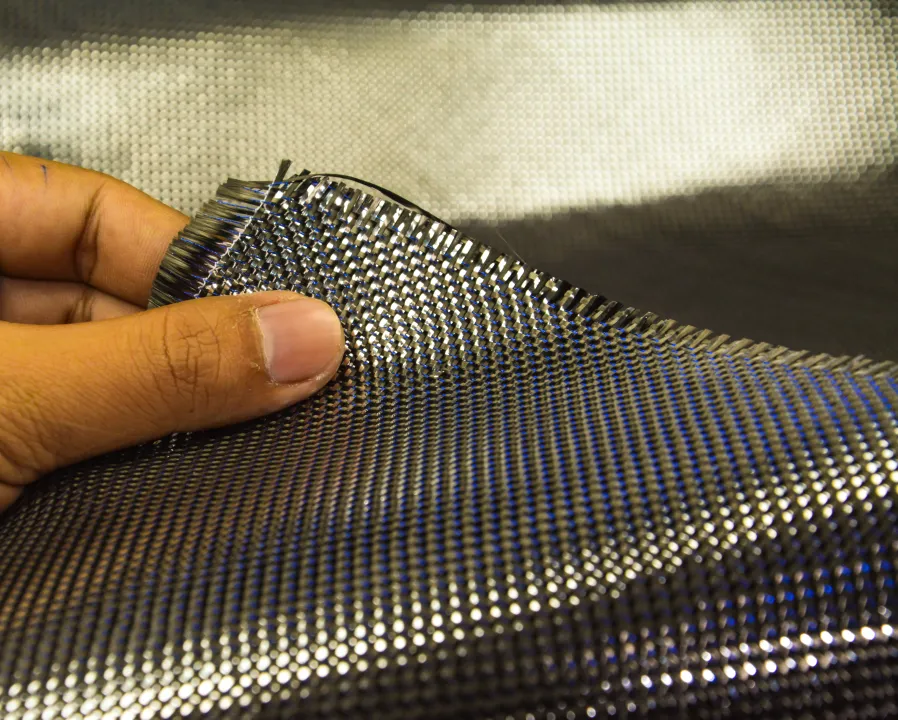
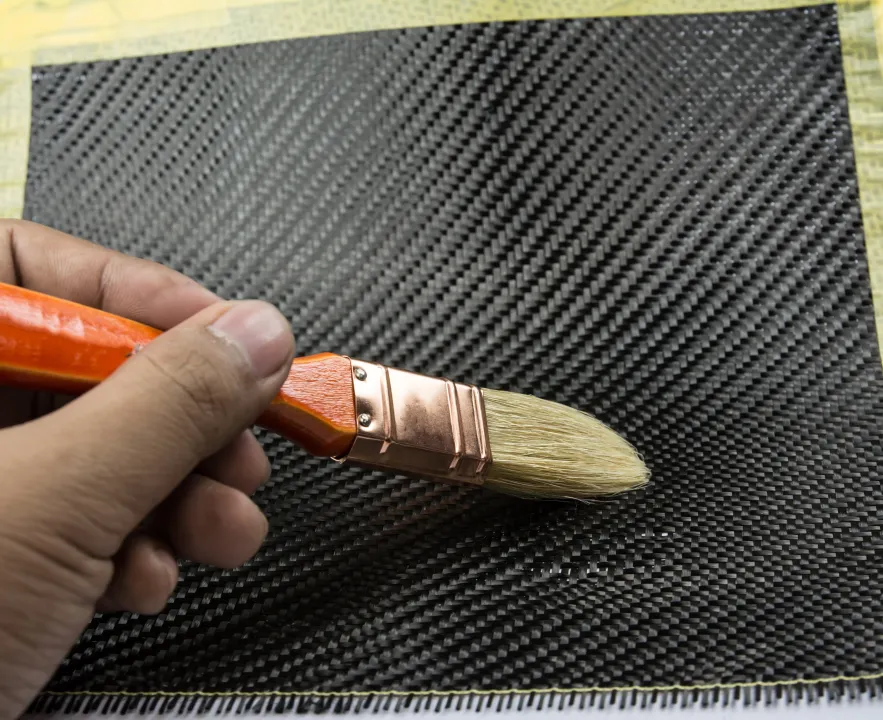
The core raw materials of carbon fiber products include carbon fiber yarn and matrix materials. Carbon fiber filaments are made from organic fibers such as polyacrylonitrile that are carbonized at high temperatures. They are only a few microns in diameter, much thinner than a strand of hair, but much stronger than ordinary steel. These carbon fiber filaments are usually processed into carbon fiber cloth or carbon fiber yarn to facilitate subsequent molding operations.
The matrix material is mainly epoxy resin and other polymer materials, which plays a vital role, not only to bond the carbon fiber filaments together, but also to transfer stress, and at the same time to provide protection for the carbon fiber filaments, so that they are protected from the external environment of moisture, corrosive substances and other violations. Before production, carbon fiber filaments and matrix materials of appropriate specifications will be selected according to the performance requirements of different products, and strict quality testing will be carried out to ensure that the quality of raw materials meets the production standards.
Carbon sheet(laminated molding)
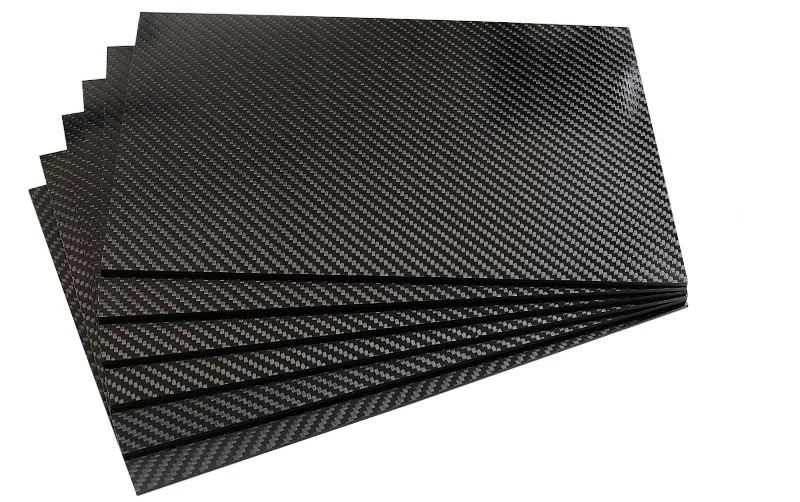
Carbon boards are mainly made using the laminated molding process, which is often used for products such as skis and badminton racket frames.
First of all, according to the design requirements to cut carbon fiber prepreg, prepreg is pre-impregnated with the base material of carbon fiber cloth, cutting error needs to be controlled within 0.1 mm, in order to ensure the dimensional accuracy of the subsequent products.
The cut prepregs are then laminated in a specific direction and sequence.Unidirectional stacking gives the carbon sheet high strength in one direction, which is suitable for structural parts that need to withstand unidirectional forces, while cross-stacking gives the carbon sheet good performance in multiple directions, which is suitable for parts with complex force conditions.
After that, the stacked prepregs are put into the molds and a pressure of 5-10 MPa is applied so that the prepregs closely fit the shape of the molds, and then the molds are put into hot press tanks or ovens and heated and cured at a temperature of $120-180^{\circ} C$ for 2-4 hours.
After curing is complete, the carbon plate is removed from the mold, and subsequent processing such as sanding and cutting is performed to bring it up to the standard of use.
Carbon tubes(winding and molding)
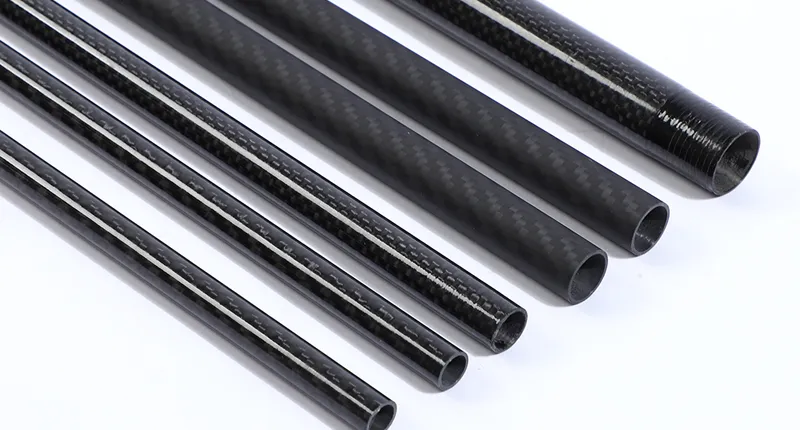
Carbon tubes are mostly made by the winding and molding process, which is commonly used for products such as drone frames and golf clubs.
The winding parameters of the winding machine are designed according to the size and performance requirements of the carbon tube, among which the winding angle is one of the key parameters. When the winding angle is $\pm 45$ degrees, the torsion resistance of the carbon tube is better; when the winding angle is 0 degrees, the axial strength of the carbon tube will be higher.
The carbon fiber yarn is fully impregnated with the base material through the impregnation device, and after the impregnated yarn is made, it is wound on the mandrel with a tension of 5-15 Nm, and the tension should be maintained uniformly during the winding process, so as to ensure the stable quality of the carbon tube.
After winding, the carbon tube with mandrel is put into the curing oven and cured at 100-150C for 1-3 hours.
At the end of curing, the mandrel is removed. The way of removing the mandrel depends on its material and shape, some can be withdrawn directly, while some need to be dissolved and removed, and finally the carbon tube is trimmed and polished so that its dimensional error can be controlled within 0.05 mm.
Shaped parts(molding)
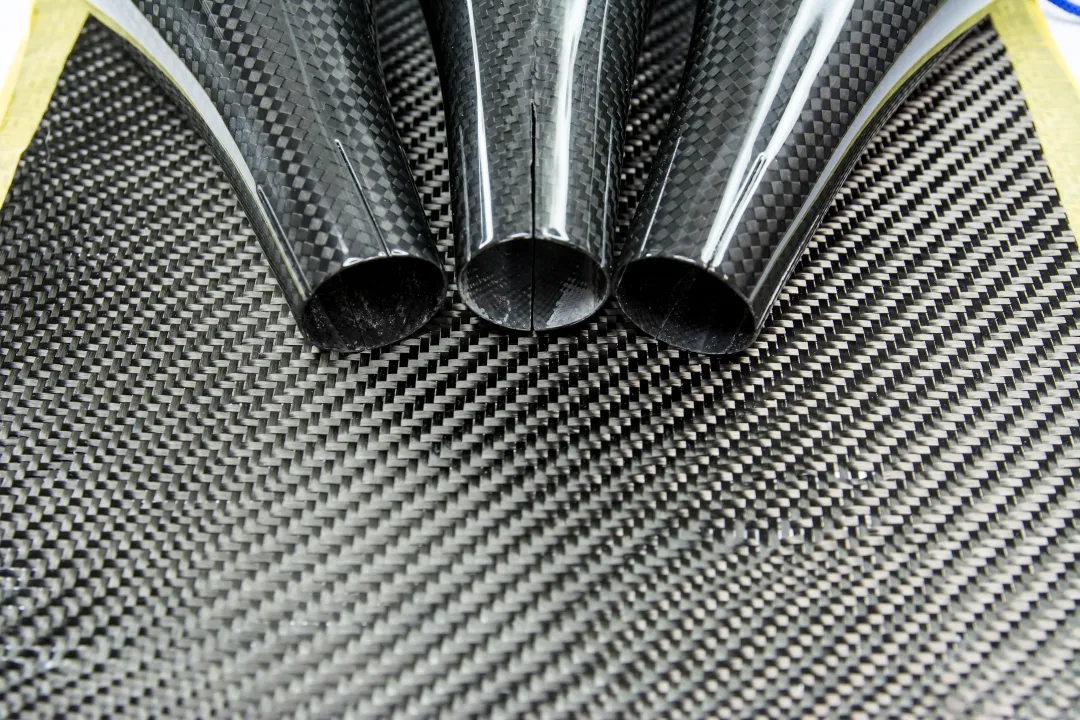
Complex shape of the carbon fiber shaped parts, commonly used molding process,such as automotive parts, medical equipment parts, etc. are mostly used in this process.
First of all, according to the shape of the shaped parts design and manufacture of high-precision molds, mold surface roughness needs to be controlled below Ra0.8,because the mold accuracy directly affects the size and shape accuracy of the shaped parts.
Cut the carbon fiber cloth or carbon fiber mat to the size suitable for the shape of the mold, evenly paint the matrix material on its surface to ensure the thickness is consistent, and then put it into the mold, and then apply 10-20 MPa pressure through the press, so that the carbon fiber material is completely adhered to the mold cavity.
Put the mold into the heating device, heating and curing at a temperature of 130-170℃ for 3-6 hours, the curing process needs to strictly control the temperature and pressure, to avoid defects such as bubbles, cracks and other defects in the shaped parts.
After curing is completed, the shaped parts are taken out of the molds and treated by removing flying edges and sanding the surfaces to make them meet the requirements for use.
Emerging technology
1.3D printing
This technology can directly manufacture complex shapes of carbon fiber products,greatly reducing the product development cycle, but also to achieve personalized customization. However, at present,3D printing made of carbon fiber products in the mechanical properties of the traditional process products still have a certain gap, and the cost is relatively high, these aspects have to be further improved.
2. RTM technology
That is, the resin transfer molding technology, is the carbon fiber reinforcing material into the mold, and then inject the resin into the mold, so that the resin infiltrates the reinforcing material and curing molding. This technology has the advantages of high molding efficiency, stable product quality, low environmental pollution,etc.It is very suitable for mass production of carbon fiber products with complex shapes.
Quality testing: ensuring the quality of every product
After the carbon fiber products are made, they must undergo strict quality testing before entering the market.The testing items mainly include dimensional accuracy,appearance quality and mechanical properties.
Dimensional accuracy testing can use calipers, projectors and other tools, for high-precision requirements of the product, will also use the CMM; appearance quality testing is mainly to check the product surface whether there are bubbles,cracks, depressions and other defects, generally using visual inspection and magnifying glass inspection combined way; mechanical properties of the test needs to be done through the tensile testing machine, impact testing machine and other professional equipment, test the product strength, stiffness, toughness and other indicators to ensure that the product can meet the requirements of the actual use of the force. Mechanical performance testing requires the use of tensile testing machines and other professional equipment to test the strength, stiffness, toughness and other indicators to ensure that the product can meet the requirements of the actual use of the force. Only all testing projects are qualified products can be allowed to enter the market.
Dimensional accuracy testing can use calipers, projectors and other tools, for high-precision requirements of the product, will also use the CMM; appearance quality testing is mainly to check the product surface whether there are bubbles, cracks, depressions and other defects, generally using visual inspection and magnifying glass inspection combined way; mechanical properties of the test needs to be done through the tensile testing machine, impact testing machine and other professional equipment, test the product strength, stiffness, toughness and other indicators to ensure that the product can meet the requirements of the actual use of the force. Mechanical performance testing requires the use of tensile testing machines and other professional equipment to test the strength, stiffness, toughness and other indicators to ensure that the product can meet the requirements of the actual use of the force. Only all testing projects are qualified products can be allowed to enter the market.
Copyright © 2025 Zhangjiagang Weinuo Composites Co., Ltd. All rights reserved